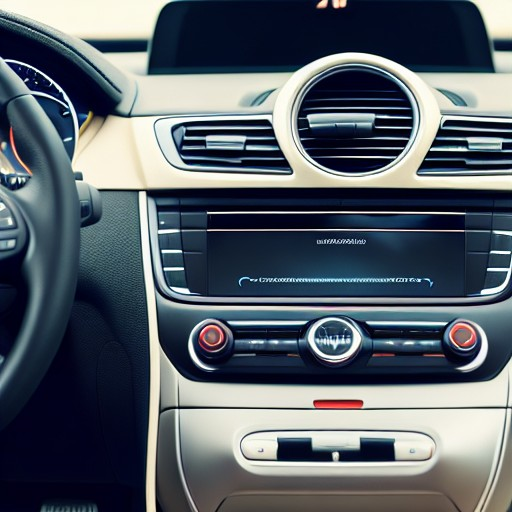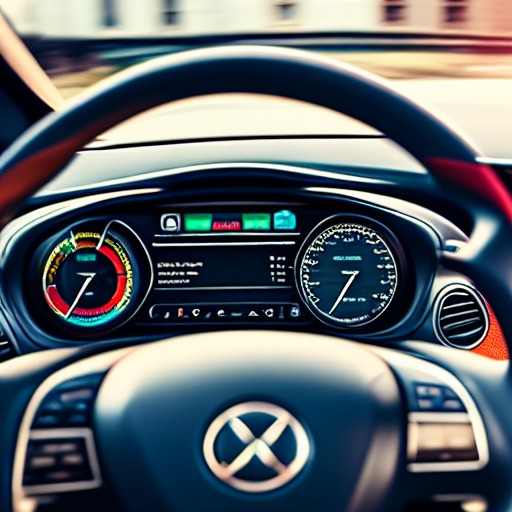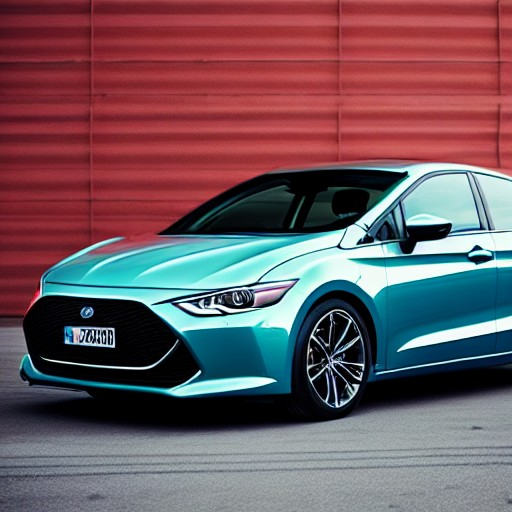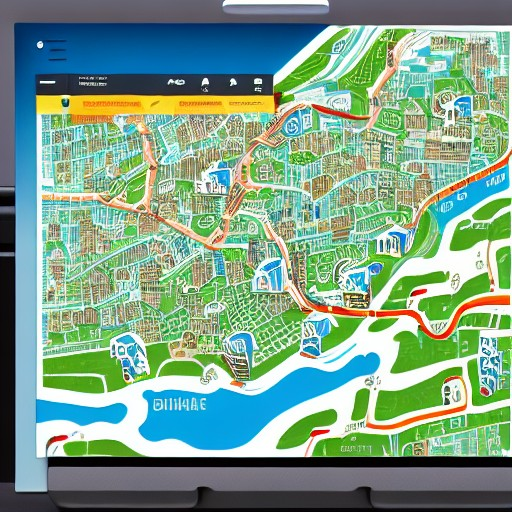Understanding the Technology Behind Self-Driving Cars
Self-driving cars have gained a lot of attention in recent years, with many tech giants and automakers investing heavily in the development of this technology. Self-driving cars, also known as autonomous vehicles, are vehicles that are capable of driving themselves without human intervention. This technology is made possible by a combination of hardware and software components that work together to enable the car to sense, analyze, and respond to its environment.
Sensors
Sensors are one of the most critical components of self-driving cars. They are responsible for capturing and analyzing data from the car's environment, including its surroundings and the road ahead. The most common types of sensors used in self-driving cars include cameras, lidars, radars, and ultrasonic sensors. Cameras are used to capture images of the car's surroundings, while lidars, radars, and ultrasonic sensors are used to measure distance and detect obstacles.

Software
Software is the brain behind self-driving cars. It processes the data captured by sensors and makes decisions about the car's actions, such as accelerating, braking, and steering. The software used in self-driving cars is powered by artificial intelligence and machine learning algorithms, which enable the car to learn and improve its driving behavior over time.

Control Systems
Control systems are responsible for translating the software's decisions into physical actions. They are made up of actuators, such as motors and brakes, that control the car's movement. Control systems also work in conjunction with sensors to ensure that the car is responding to its environment correctly.

Mapping and Localization
Mapping and localization are critical components of self-driving cars. They enable the car to understand its location and navigate the roads accurately. Mapping involves creating a digital map of the car's surroundings, including the road network, lane markings, and landmarks. Localization, on the other hand, involves using sensors to match the car's surroundings to the digital map and determine its exact location.

Cybersecurity
Cybersecurity is becoming increasingly important in the development of self-driving cars. As these cars become more connected, they are at a higher risk of cyber-attacks, which could compromise their safety and security. Automakers and tech companies are investing heavily in cybersecurity measures to ensure that self-driving cars are protected from potential threats.

Regulations
Regulations play a crucial role in the development and deployment of self-driving cars. Governments around the world are grappling with how to regulate this emerging technology, with concerns ranging from safety to liability. Regulations will ultimately determine how self-driving cars are developed and deployed, and how they will be integrated into our daily lives.
In conclusion, self-driving cars are an exciting development in the world of transportation, made possible by a combination of hardware and software components. As this technology continues to evolve, it is essential to understand the various components that make self-driving cars possible, from sensors to control systems to mapping and localization. Additionally, cybersecurity and regulations are becoming increasingly important as self-driving cars become more prevalent. With continued investment and development, self-driving cars have the potential to revolutionize transportation and improve our daily lives.